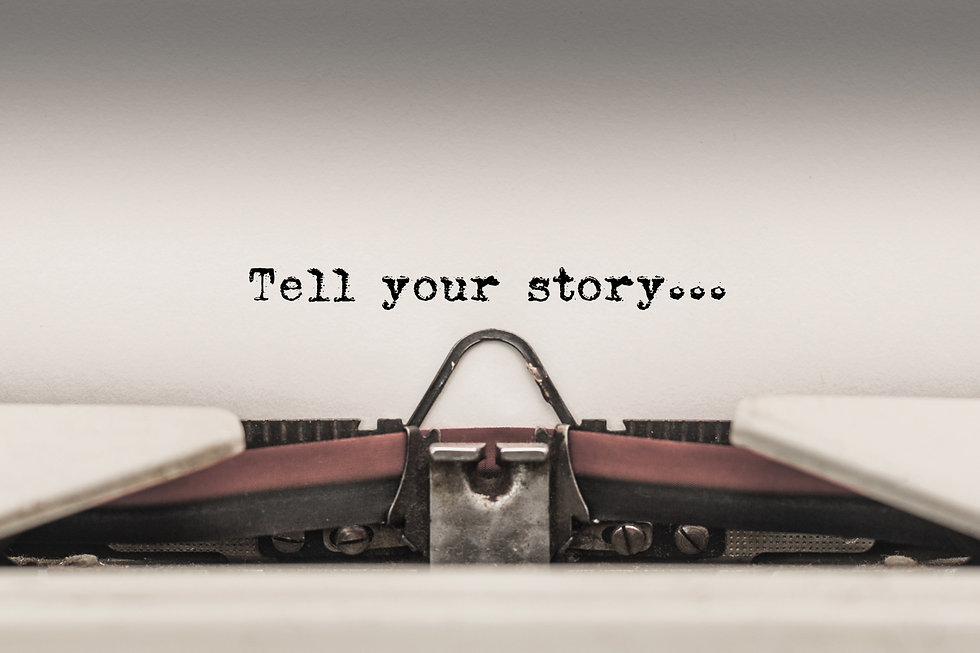Understanding the PTSD Journey
- Derryen Plante

- Apr 3, 2021
- 2 min read
"What would you do if the worst thing that ever happened to you felt like it kept happening?"
That quote is from former U.S. Army Captain Luis Montalvan, who is interviewed in the documentary, Buried Above Ground, which chronicles the PTSD journeys of three people who have gone through three very different kinds of trauma, from war to a hurricane to abuse.
That’s exactly what PTSD is like for me, and for many of the 450 million people worldwide who suffer, often in silence. It’s the private battle that so many of us don’t talk about, and don’t seek support for, because it’s hard to understand from the outside. We also battle shame about our struggle, because we feel like we should just be over it already. But that’s not how PTSD works, and part of why I wrote my book, You’ve Got Some Nerve, and keep up these blog posts, is to help others understand.
This country has had an ongoing and growing conversation about PTSD among veterans. It’s a real, documented struggle that takes far too many lives each year. We understand their trauma, because they have seen death close-up, whether it’s the death of a stranger or of a fellow soldier. Most people can completely understand how such events can traumatize a soldier, and how something as simple as a car backfiring can trigger an episode.
Where the conversation is lagging is among others who are suffering from PTSD because their traumas are different. It’s just as traumatic to be raped, molested, beaten, left homeless, and a hundred other awful things that can happen to any one of us. A child who has been beaten will flinch every time they see a raised hand, even if that hand is just coming to pat them on the shoulder and say, “Good job.” The well-meaning gesture triggers their fight or flight reaction, and they spiral right back into the trauma they have endured.
A trigger can be as simple as a smell, a color, a word. Whatever the trigger is, it can set off a myriad of stress responses, from a rapid heartbeat to a full-on panic attack. With trauma, the event is often so overwhelming the brain can’t process it all at once. Sometimes, the brain buries the memory because it’s so horrific. Because that memory is so close to the surface, it doesn’t take much to bring it right back into the present day, as if the event is happening all over again.
I think the more we can talk about the effects of trauma, the more we can have grace and compassion for those around us who have endured unspeakable events and who continue to suffer. The louder the conversation becomes, the braver those people will feel, and the more they will speak up and say, “I suffer, too.”
Be part of the conversation today.









Comments